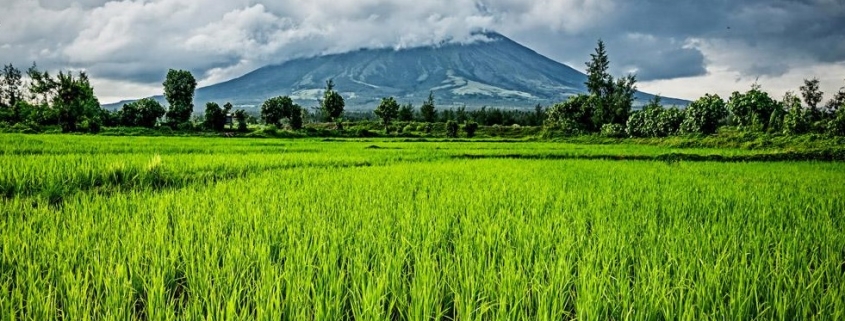- Select the best restoration technology through sustainability evaluation
Different regions in my country have different climatic conditions, soil properties, and sources of farmland pollution, which may lead to different best ways to rehabilitate contaminated farmland. Sustainability assessment can be used to select the best remediation technology. At the same time, when designing a restoration plan for a specific technology, there are also various aspects of sustainability considerations. For example, when solidification or stabilization technology is adopted, it is necessary to prevent the use of passivating agents that damage soil fertility and affect the growth of crops; when using phytoremediation, it is necessary to properly dispose of heavy metal-rich plants to prevent secondary pollution. On the other hand, the experience of farmland restoration in other regions or countries is also worth learning from. For example, Japan is one of the earliest countries to carry out remediation of farmland contaminated soil. Guest soil methods, chemical remediation, plant extraction, and crop rotation are all commonly used remediation methods.
- Encourage public participation in remediation of farmland contaminated soil
It can be achieved by hiring local farmers to participate in the remediation of farmland contaminated soil, and at the same time it can save remediation expenses and has huge social and economic benefits. Phytoremediation is the most frequently used technology for remediation of farmland contaminated soil in my country. At present, there have been successful cases of farmers participating in remediation, and the goals of pollution remediation and farmers’ income generation have been achieved. There are projects that specifically investigate farmers’ lifestyles and the tendency to grow crop types to design restoration programs that fit farmers’ habits. In addition, farmers can be encouraged to actively participate in restoration through economic subsidies or a combination of energy plant cultivation and restoration.
- Strengthen pollution prevention
From 1997 to 2014, the proportion of farmland pollution in my country increased from 7.3% to 19.4%. Historical experience shows that pollution prevention is a top priority for sustainable environmental management. Failure to take control measures on pollution sources will cause farmland pollution prevention and control work to continually circulate on the road of pollution first and then treatment, and even fail to achieve the standard of restoration. The Action Plan for Prevention and Control of Soil Pollution puts forward the requirements for strengthening the supervision of pollution sources and doing a good job in preventing soil pollution. However, improving the farmland pollution supervision system requires the joint efforts of multiple departments. For example, in order to promote high-efficiency, low-toxicity and low-residue pesticides, the Ministry of Agriculture needs to promulgate relevant standards and incentive policies.
- Economic policies promote the remediation of farmland contaminated soil
Most of the farmland pollution in China occurs in economically underdeveloped agricultural areas. Soil restoration of contaminated farmland for the purpose of restoring soil fertility and ensuring crop production does not affect the commercial value of the land. Land appreciation is the main commercial driving force for the restoration of contaminated sites, leading to funding More flows to industrial contaminated sites for remediation, which has hindered the economic recovery of contaminated farmland soil. Case studies have shown that the cost of remediation of farmland contaminated soil can exceed the sum of 30 years of benefits from growing crops in the same area of farmland. However, the importance of repairing large areas of contaminated farmland is self-evident. my country is a country with a large population, and it is extremely important to ensure adequate food supply and food safety at the national level. However, with the development of urbanization, my country’s dependence on food imports has become stronger and stronger. Some studies have shown that my country’s food shortage may reach 100 million tons by 2020. From the perspectives of food safety, increased grain production, and farmers’ income generation, the indirect benefits of farmland contaminated soil remediation are far greater than the direct benefits. Therefore, it is necessary to provide a driving force for remediation of farmland contaminated soil through more economic policy incentives.



